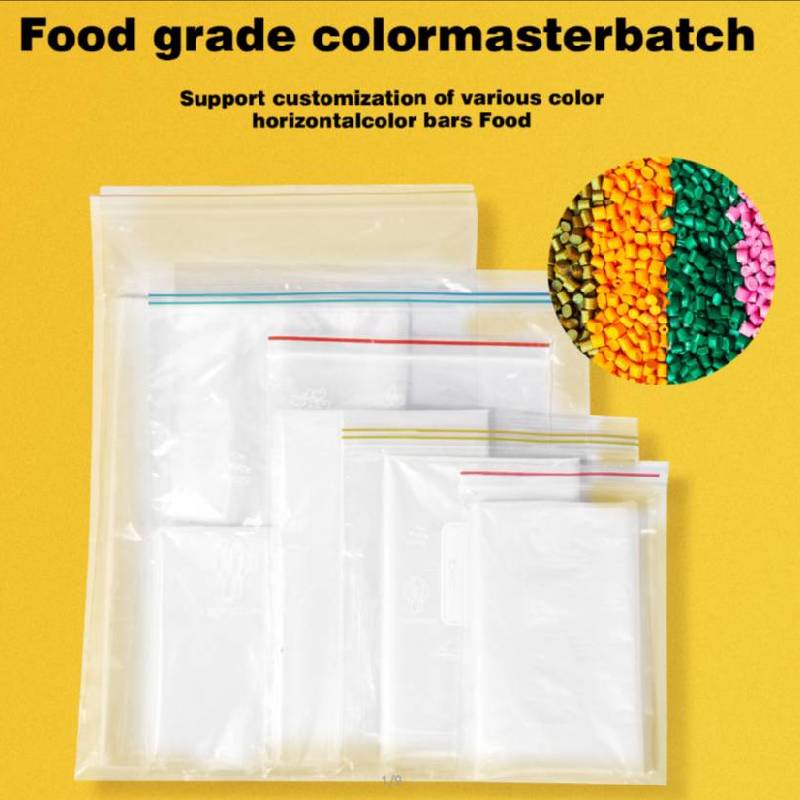Innovative Designs for Sustainable Popsicle Packaging Solutions and Environmental Impact Analysis
The Evolution of Popsicle Packaging A Look into Sustainability and Innovation
Popsicles, a beloved frozen treat enjoyed by people of all ages, have a rich history that dates back to the early 20th century. Initially, these delightful frozen snacks were simple ice and flavor combinations, but their popularity has spurred significant innovations in packaging. Today, the packaging of popsicles is not only crucial for preserving the product's quality but is also becoming a focal point for sustainability and consumer convenience.
History of Popsicle Packaging
The first popsicles were made by accident in 1905 when an 11-year-old boy named Frank Epperson left a mixture of soda, water, and a stirring stick outside overnight in freezing temperatures. He subsequently patented the concept in 1923, leading to what we now call the popsicle. Initially, popsicle packaging was rudimentary, often using paper wrappers or simple molds. However, as demand grew, manufacturers began to recognize the need for more efficient and eye-catching packaging to attract consumers.
The Role of Packaging in Product Success
Packaging serves several vital functions for popsicles. First and foremost, it protects the product from contamination, maintaining hygiene and safety, which are paramount in food production. Secondly, attractive packaging can influence buyer behavior, as consumers are drawn to visually appealing designs that convey quality and fun. Lastly, packaging provides important information, such as nutritional content, ingredients, and allergen warnings, which are increasingly important to today's health-conscious consumers.
Innovations in Popsicle Packaging
Over the years, popsicle packaging has evolved far beyond simple plastic and paper. Today, we see a shift towards biodegradable and eco-friendly materials as manufacturers respond to growing consumer concerns about plastic waste and environmental sustainability. Companies are experimenting with materials such as plant-based plastics, compostable films, and recyclable cartons that significantly reduce the carbon footprint of popsicle production and distribution.
paper popsicle packaging

For instance, some brands have begun using pouch packaging, which is lighter and uses less material than traditional plastic boxes. These pouches not only help minimize waste but also enhance portability, making popsicles easier to carry for on-the-go enjoyment. Furthermore, advancements in resealable packaging allow consumers to save part of their treat for later, aligning with the growing trend of portion control.
The Impact of Consumer Preferences
Today's consumers are increasingly mindful of the environmental impact of their purchases. According to industry surveys, a significant portion of consumers expressed a preference for brands that utilize sustainable packaging. In response, popsicle manufacturers are not only seeking to improve their packaging materials but are also involving customers in the process. Many brands have launched initiatives encouraging consumers to return their packaging for recycling or encourage them to share their own creative uses for repurposed packaging.
Additionally, the rise of social media has made product packaging more important than ever. Eye-catching designs and interactive elements, such as QR codes that lead to recipe ideas or nutritional information, can enhance customer engagement and brand loyalty. Popsicle packaging is no longer just a functional aspect; it serves as a tool for storytelling, helping brands communicate their values and mission to their audience.
Conclusion The Future of Popsicle Packaging
As we gaze into the future, the evolution of popsicle packaging will continue to be driven by innovation and sustainability. Manufacturers are challenged not only to preserve the delightful frozen treats we love but also to be stewards of environmental responsibility. The intersection of creativity, functionality, and sustainability will define the next generation of popsicle packaging.
In essence, the humble popsicle, much like its packaging, has undergone significant transformations. As consumer demands shift towards more sustainable practices, we can expect to see exciting developments that combine technology, environmental consciousness, and creative flare, ensuring that popsicles will remain a delicious delight for generations to come.
-
The Best Uses for Small Trash Bags in Daily LifeNewsJul.01,2025
-
Stylish Reusable Grocery Bags TrendsNewsJul.01,2025
-
Shipping Advantages of Using Bubble Envelopes BulkNewsJul.01,2025
-
How Compostable Mailing Bags Reduce Environmental ImpactNewsJul.01,2025
-
Environmentally - Friendly Bulk Poly MailersNewsJul.01,2025
-
Eco Friendly Custom Laminated Tote BagsNewsJul.01,2025
-
Have the freedom of customizing your custom mailers any way you want! Our dedicated packaging support will help deliver you the mailing experience you need to elevate your shipping experience to the next level! Start making a strong impression on your customers and stand out from your competitors! -
LIYA uses high quality raw materials which directly purchased from large enterprises domestic and overseas such as PetroChina, Sinopec, Sabic, Equate, ExxonMobil, Dow Chemical, Total, and Borouge, ensuring the price advantage and quality of the raw materials. -
LIYA uses high quality raw materials which directly purchased from large enterprises domestic and overseas such as PetroChina, Sinopec, Sabic, Equate, ExxonMobil, Dow Chemical, Total, and Borouge, ensuring the price advantage and quality of the raw materials.





